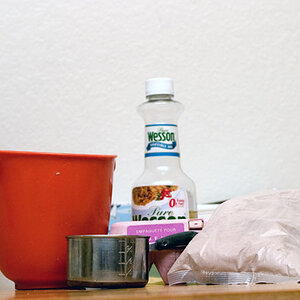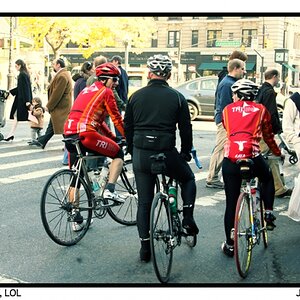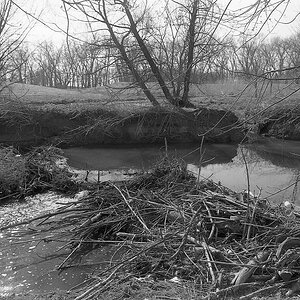wvav8tor
TPF Noob!
- Joined
- Apr 23, 2008
- Messages
- 7
- Reaction score
- 0
- Location
- Morgantown, WV
- Can others edit my Photos
- Photos OK to edit
This weekend I had my first opportunity to photograph a wedding, I did not want to do it because as I have stated many times I am not a photographer just a picture taker. I couldn't turn down my brother or his daughter and it seems they have a lot more confidence in me than I do. I had good tools in hand(Canon 5D, 430ex flash and a couple of L lenses) so I said what the heck and gave it a try.
Before I get to my question whatever a pro charges to do a wedding they more than worth it!!!!:hail: I found the whole experience physically exhausting and I have not even begun the raw file post processing. Now to my question, after I complete the processing of the raw files how should I save them? does saving them as a jpg lose anything in the printing process? Should I be saving in some other format or in the end there is not much difference?
I just want to add one more thing, if you are at a wedding and have a camera STAY THE HELL OUT OF THE WAY!!!!! of the person hired or asked to do the photos.(I hope this helps the pros out there)
Thanks
dusty
Before I get to my question whatever a pro charges to do a wedding they more than worth it!!!!:hail: I found the whole experience physically exhausting and I have not even begun the raw file post processing. Now to my question, after I complete the processing of the raw files how should I save them? does saving them as a jpg lose anything in the printing process? Should I be saving in some other format or in the end there is not much difference?
I just want to add one more thing, if you are at a wedding and have a camera STAY THE HELL OUT OF THE WAY!!!!! of the person hired or asked to do the photos.(I hope this helps the pros out there)
Thanks
dusty




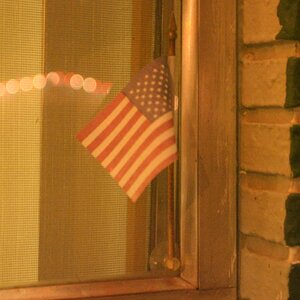
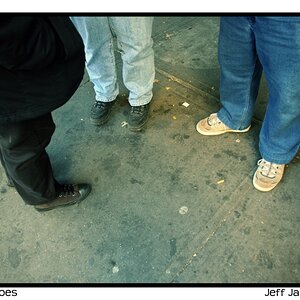
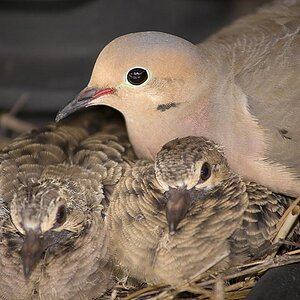
![[No title]](/data/xfmg/thumbnail/33/33023-51777cffdd160249e68e593d19942418.jpg?1619735835)
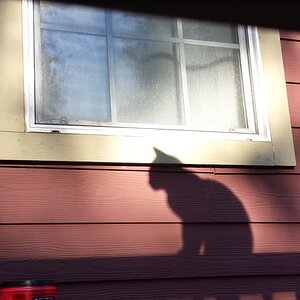
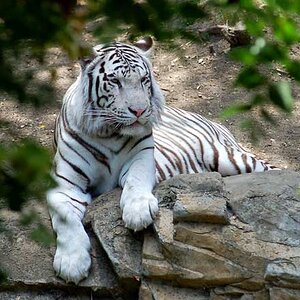
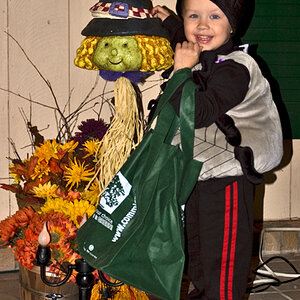
![[No title]](/data/xfmg/thumbnail/32/32166-ddd2797e76a9226d289c2158c3cf7b67.jpg?1619735234)
